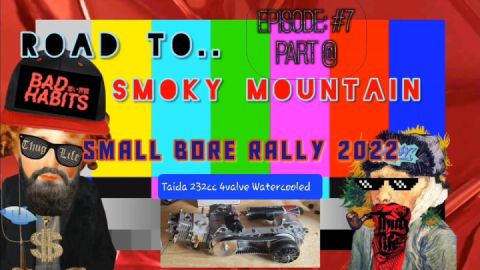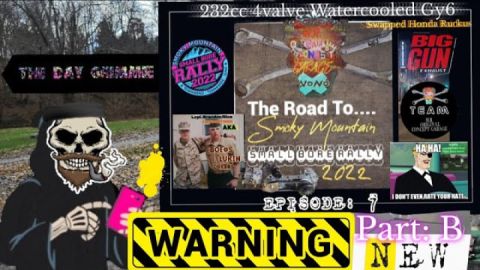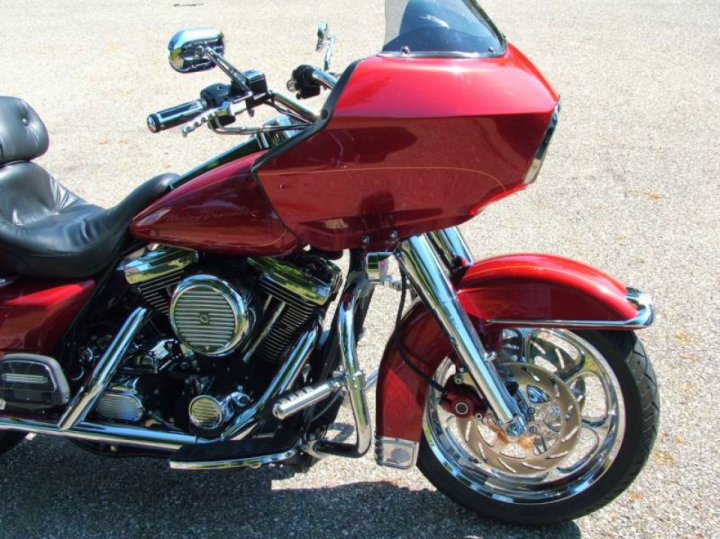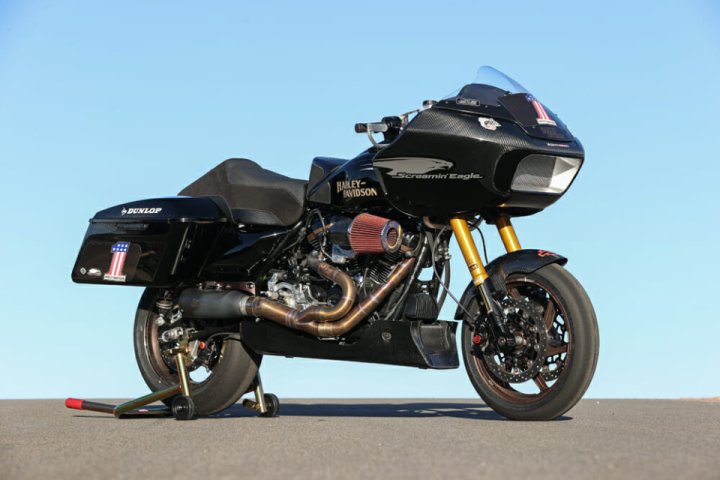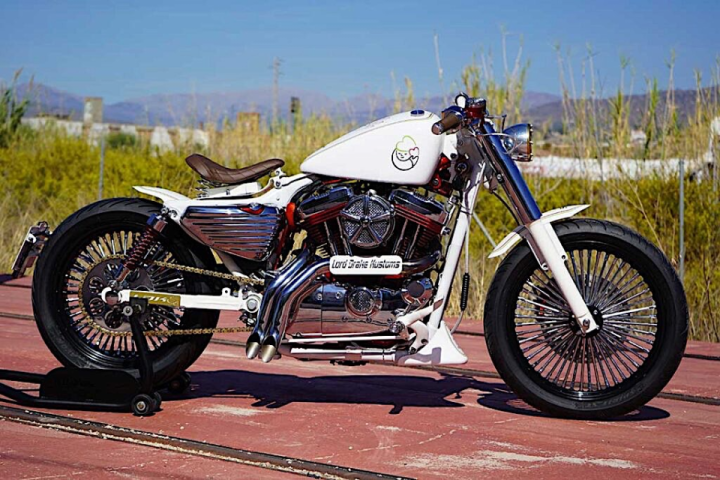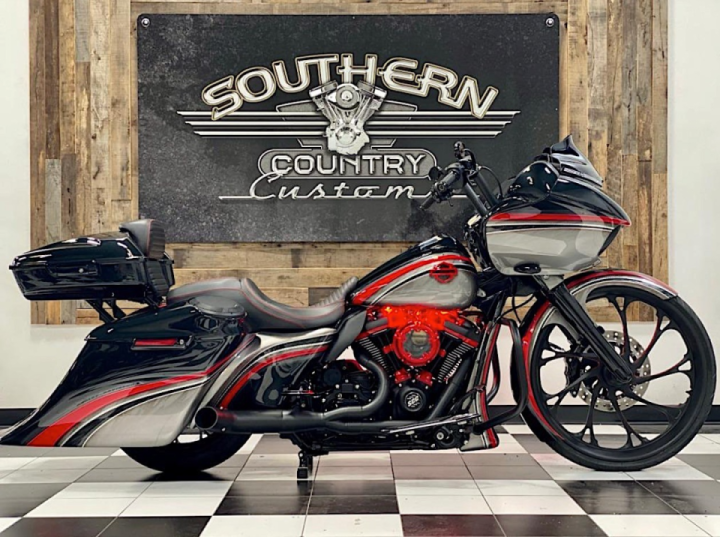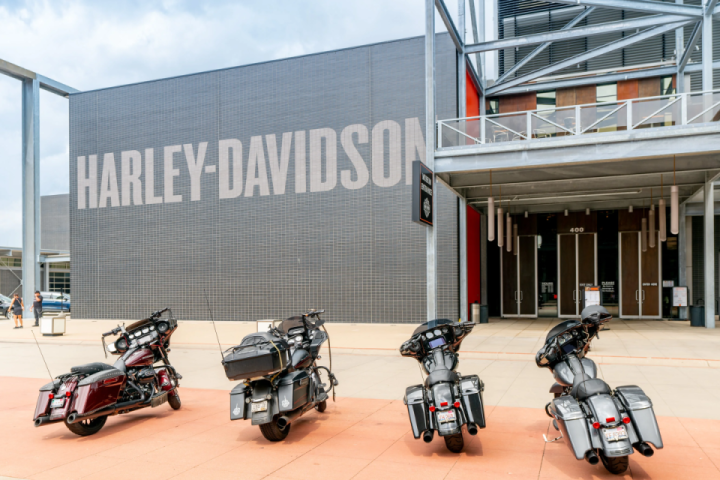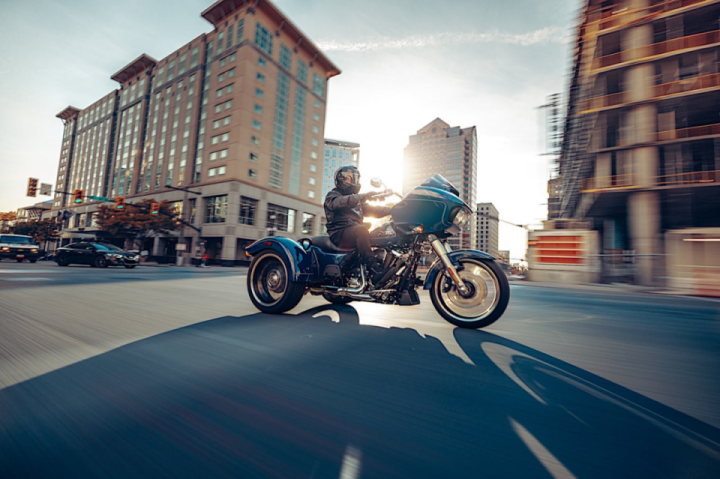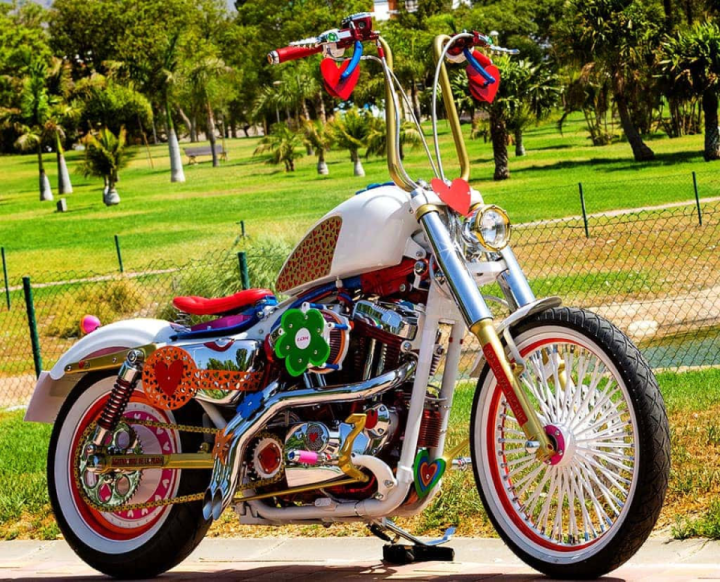The History of the Harley-Davidson FLTR Road Glide, Part I
The Road Glide is one of the most recognizable models from Harley-Davidson. Alongside the famed Electra Glide, this bagger is consistently popular among motorcycle travelers and enthusiasts of large American motorcycles. This post covers the history of the model, which turns 18 this year.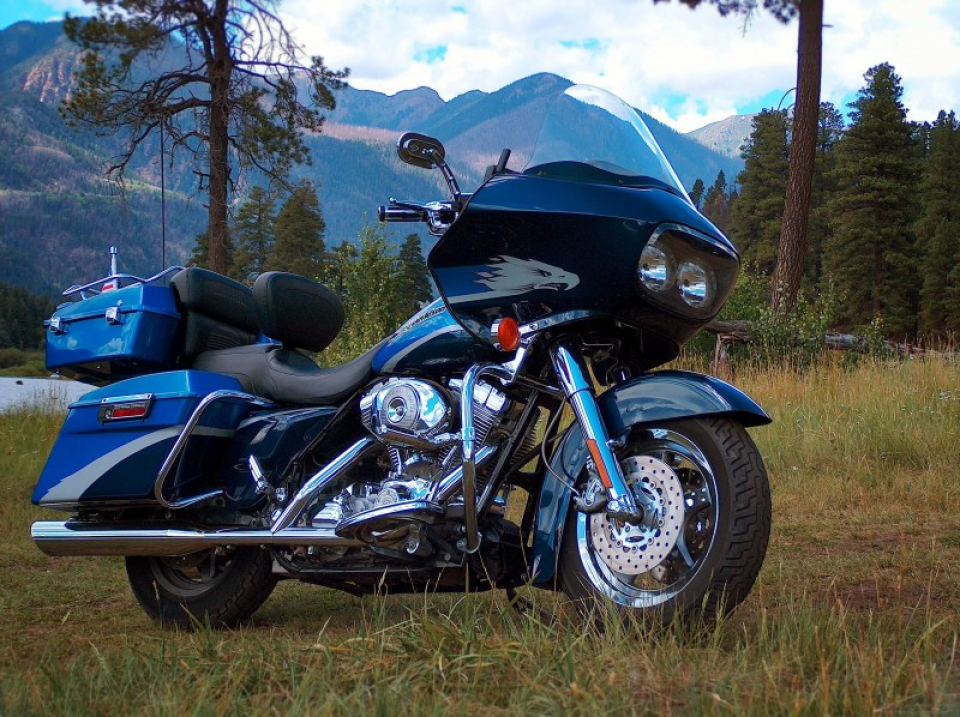
The Road Glide's release was preceded by years of production of another Harley-Davidson touring motorcycle – the Tour Glide. The design and construction of the Tour Glide incorporated many ideas that were later realized in the bagger with the factory index FLTR. Notably, it was on the Tour Glide that the large front fairing of a characteristic shape first appeared, which is now known as the "Sharknose." Unlike the fairing on the Electra Glide, the large "nose" of the Tour Glide was fixed and did not move with the handlebars. This design is exactly like that of the modern Road Glide.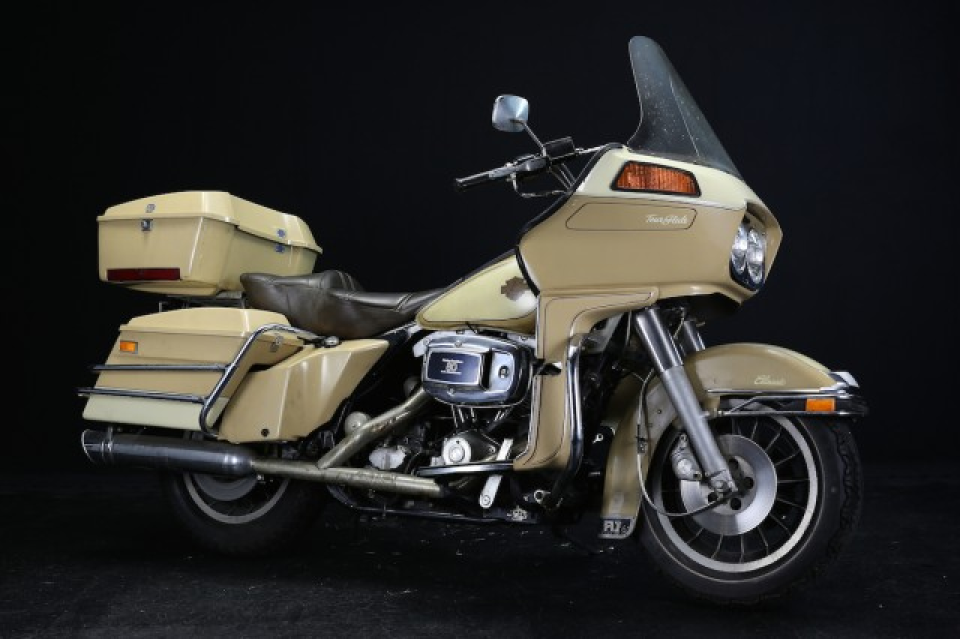
In 1979, when the FLT Tour Glide was introduced, the American company produced only 19 motorcycles! Production volume increased to 4,480 units in the following year, 1980. Besides the already mentioned "Sharknose," the bike featured other technical debuts. For the first time on a mass-produced Harley-Davidson motorcycle, a 5-speed transmission and a three-point rubber engine mount were used. The Tour Glide's steel frame had a rectangular cross-section upper bearing section, while the lower tubes were round.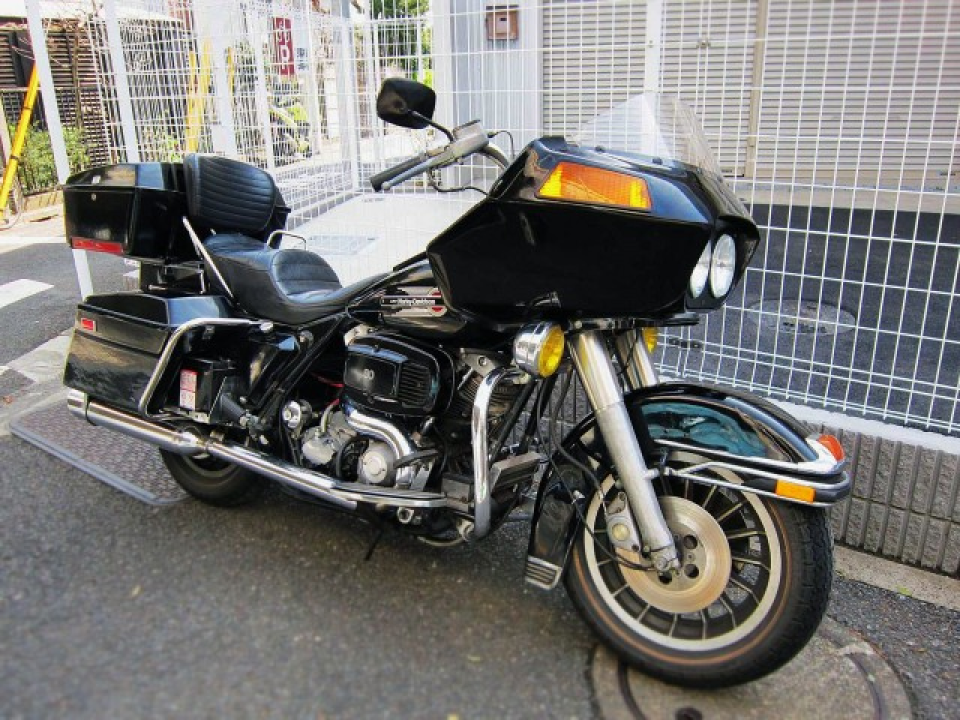
The 329-kg FLT Tour Glide had a dual-disc front brake plus a single 12-inch brake disc on the rear wheel. The drive to the rear wheel was chain-driven in an enclosed case. The motorcycle was equipped with a 1338 cc 45-degree V-twin Shovelhead engine: 2 valves per cylinder, traditional OHV timing, air cooling, long-stroke dimensions of 88.8 x 108 mm, maximum power of 70 hp at 5,800 rpm, and torque of 93.5 Nm at 3,000 rpm. The clutch was a wet multi-disc type. The fuel tank capacity was 19 liters.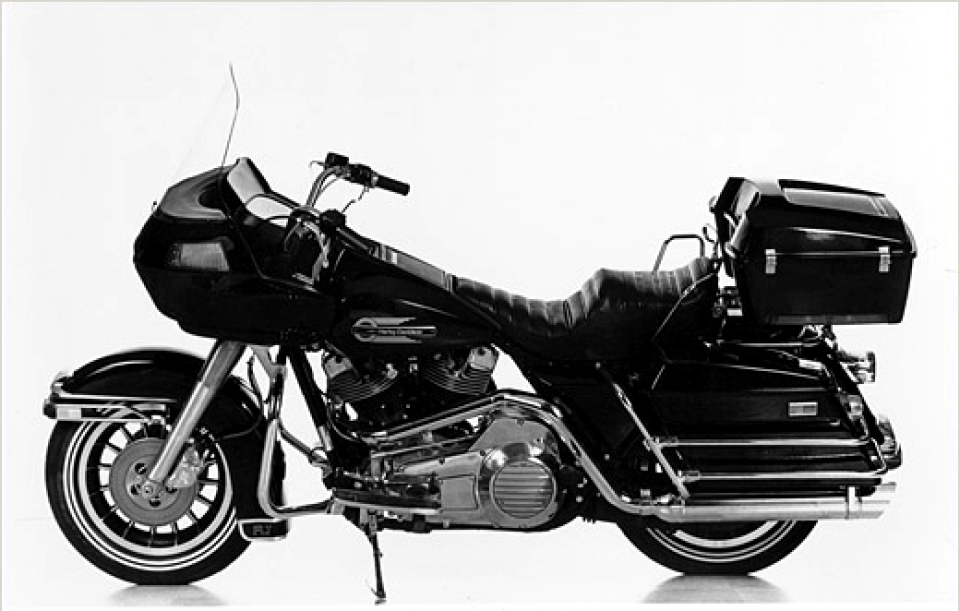
In the following year, 1981, Harley-Davidson introduced an updated FLT Tour Glide with several changes: V-Fire II electronic ignition, extended valve guides and improved seals, additional oil drain channels in the cylinder heads, reduced compression ratio to 7.4:1, and a Girling rear brake caliper.
In 1982, the motorcycle was updated again, although not as extensively: new seat and handlebars, an improved lubrication system for the final drive, a more powerful generator, and locks on the luggage cases. The 1983 Harley-Davidson FLT Tour Glide saw minimal changes – the seat height was slightly reduced, and the suspension was stiffened.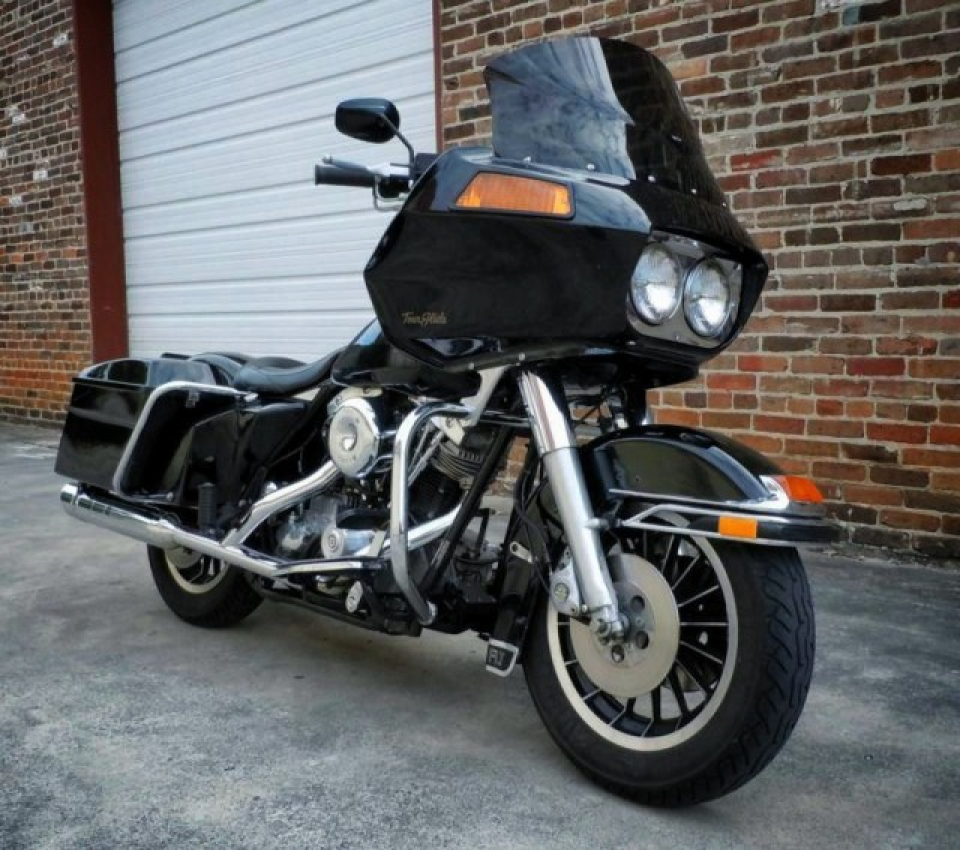
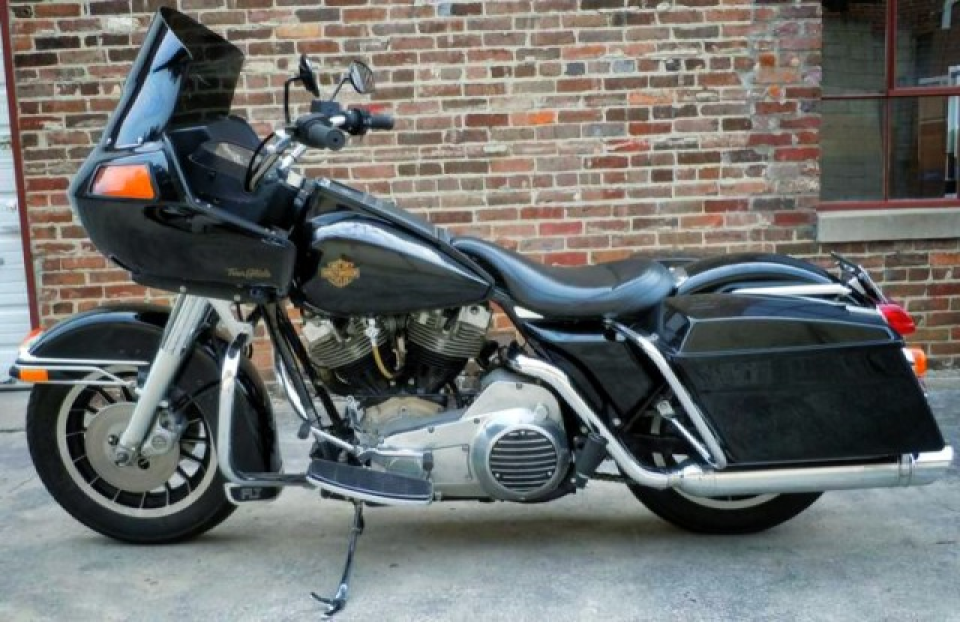
One of the major upgrades occurred at the end of 1984 when the Tour Glide finally received a new engine: the more modern Evolution replaced the outdated Shovelhead. Interestingly, the first motorcycles with the new generation powerplant had a mix of parts from both engines: the bottom part from the Shovelhead and the top from the Evolution!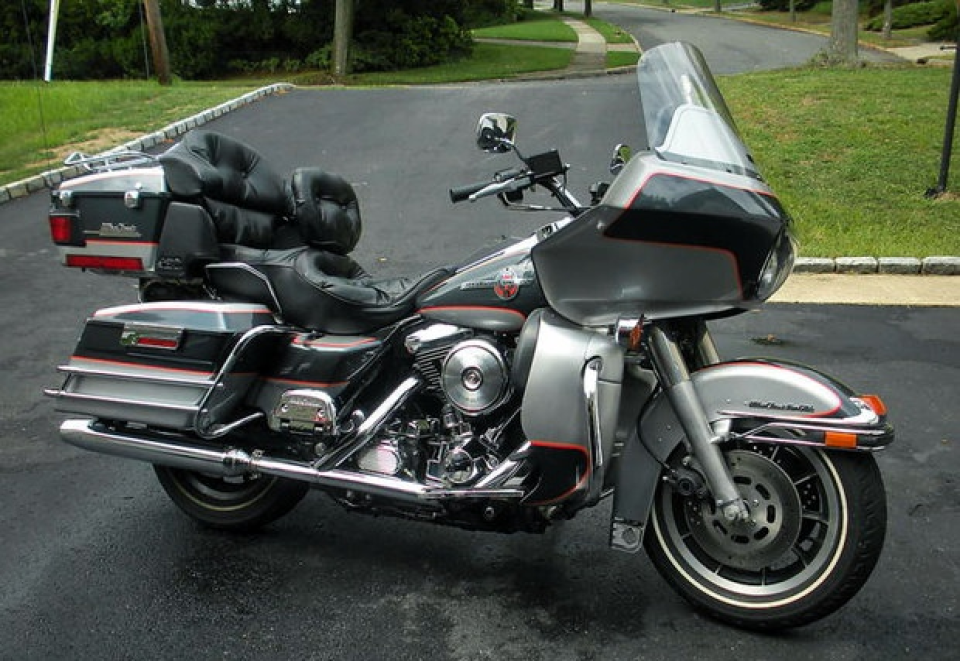
Another interesting fact: throughout the many years of the FLT series' existence, there was never a police version of this model! At various times, the FLHT, FXRP, XLP, and Dyna served in the US police force, but never a Tour Glide or Road Glide.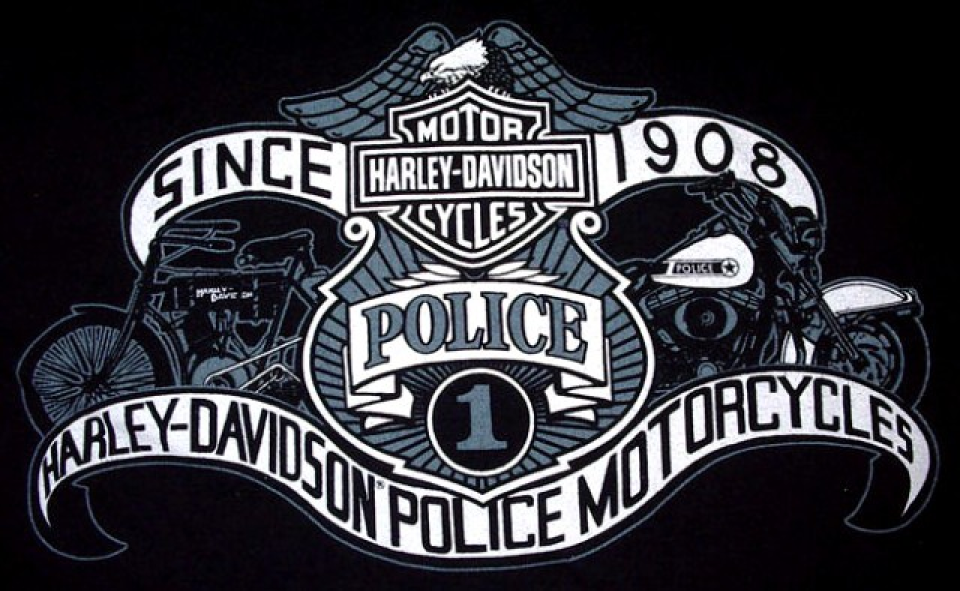
Originally, the Tour Glide did not come with a sound system; a radio was offered as an option. Interestingly, the radio was installed in place of the instruments! For riders who chose to replace the instruments with a sound system, Harley-Davidson sold optional gauges that required drilling into the fairing for installation. Naturally, aftermarket companies quickly filled the gap by offering combined solutions of "radio + instruments in one." Finally, in 1986, a radio system became standard equipment on the Tour Glide (with the instrument panel, of course…).
In 1989, the Ultra modification, known as the FLTCU, was introduced. In addition to its rich equipment, the motorcycle featured a more powerful generator and a slightly revised engine. The Ultra model was fully loaded: cruise control, radio, intercom, front and rear sound systems, two-tone paint,… And as an option, you could even buy a sidecar for the FLTCU! According to online sources, only 15 of these sidecar-equipped machines were produced, while the total production of the Ultra modification in its debut year was 603 motorcycles.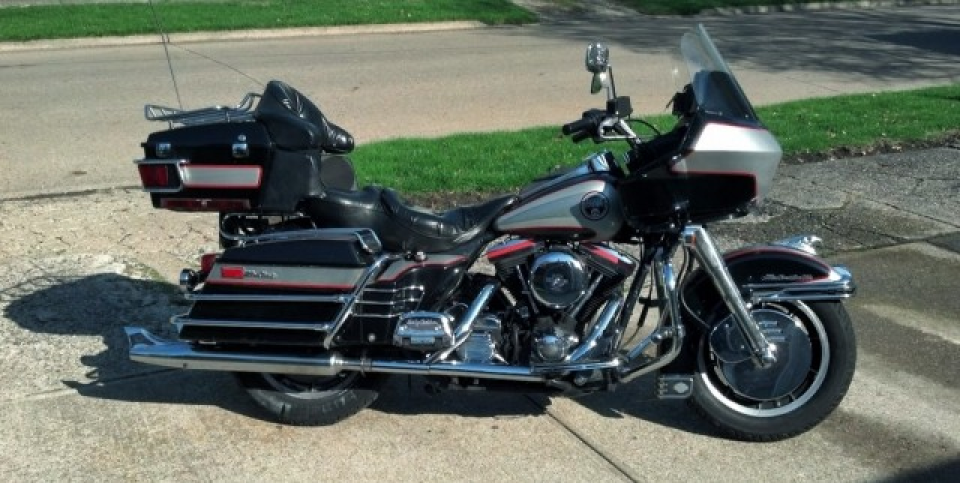
The last representative of the Tour Glide series rolled off the assembly line in 1996 – incidentally, this was also the first year the Evolution engine could be equipped with a fuel injection system. In the following year, 1997, the FLT series was not produced, and in 1998, the Road Glide finally debuted – a logical continuation and evolution of the Tour Glide!
To be continued...
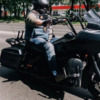
 Follow
2.3K
Follow
2.3K



